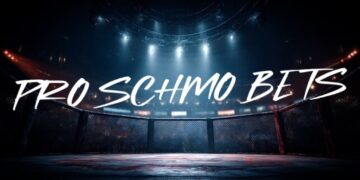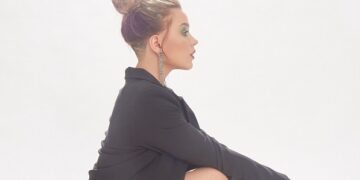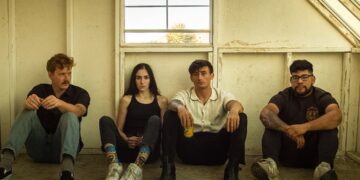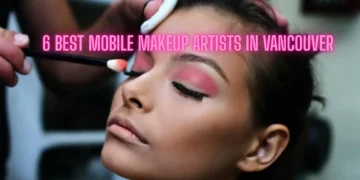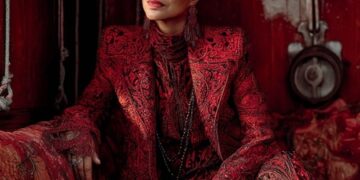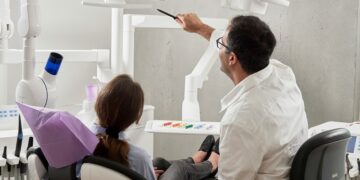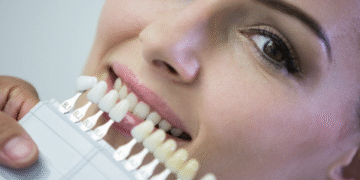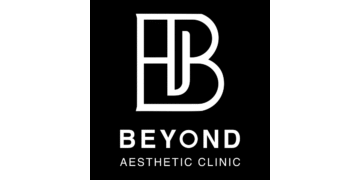Blending interior design with apparel, Anastasiia Lukinskaia has stepped into a new creative arena with her latest collaboration for Art-Hall, a high-end Moscow-based studio known for its refined aesthetic and close-knit, family-oriented culture. Tasked with designing the company’s first-ever merchandise collection, Anastasiia is translating the studio’s signature warmth and luxury into wearable pieces that reflect the comfort of their interiors. Just months after developing Amtrak’s now-celebrated Trak Suit, she finds herself revisiting the world of elevated loungewear, this time through the lens of craftsmanship, movement, and a uniquely home-like atmosphere.
Art-Hall has a very distinct, high-end interior design aesthetic. How did you begin translating the atmosphere of their interiors, comfort, warmth, and understated luxury, into wearable pieces?
Their brand’s color palette helped me the most initially. Warm beiges and greys instantly create a sense of coziness, home, and warm tea. I decided to make two different versions: one using their exclusive powder color as the base for the sweatshirt, which created a blanket-like look; and another version using their wet asphalt grey, which made the piece more distinct and attention-catching because the brand logo is in the powder color, it really pops against the grey background.
The second most important thing for me was quality. No matter how good the design is, if I chose to make these out of cheap fabrics like ponte, nobody would view it as luxury merchandise. I needed texture, and I needed the colors to match what we had on paper. Working with the manufacturer, we were able to find the perfect material for my needs, long-lasting, durable, and one that feels like you’re hugging a blanket at the same time.
This is the studio’s first-ever merchandise line, with the potential to become their official clothing collection. What responsibility or creative opportunity did that present for you as their inaugural designer?
In collaborations with other brands, the biggest responsibility is always translating their aesthetic the way they imagine it — but also not stepping on my own throat with the design choices. It is always easier to make my own projects in a way because I have more creative freedom: I don’t need to think about obeying someone’s creative direction, following a specific color palette, or interpreting someone else’s logo besides my own rules. However, I do believe it is a great creative opportunity to train my creativity to work around those limitations.
Overall, I do feel a big responsibility on my shoulders because the impression from this first collection will shape the future of this idea: whether it will continue to grow or whether this will be the first and last clothing experiment for the brand. But this responsibility excites me! I feel like I’m doing a great job with this design — I love it, the brand loves it, I’m confident in the quality, so I don’t see any scary downsides.
You mentioned that movement is the central idea behind your silhouettes. How did you approach creating pieces that support both the active and relaxed moments in the Art-Hall team’s daily workflow?
I think about what would be comfortable for me to wear. Even though interior design and clothing design are two different things, there are many similarities in terms of the work process. Sometimes you’re sitting at a table sketching out ideas, the next moment you’re running around with fabric swatch books and then loading a batch of new samples onto a truck. Since I deal with all the same situations in my own workday, I kept noticing what got in the way in my outfits on certain days and what felt comfortable on others.
I realized that the perfect outfit should feel like a cozy blanket wrapped around you — but with parts that hold it on your body (like elastic cuffs so it does not slip onto your palms) and with easy ventilation (a zip-up feels like the most logical solution here). So I simply created something that I know is practical but comfy at the same time, so people will choose to wear that specific piece for work. I made it stylish — and now you can wear it daily as well.
Sweatshirts and slippers make for an unexpected pairing at first glance. How did you connect these items in a way that felt cohesive, intentional, and true to Art-Hall’s family-like culture?
If you are a client of theirs who interacted at least once with their team — it would automatically make sense. Even on their website they promote a family-oriented ideology: meetings don’t feel like work meetings, more like catching up with your relatives. And people who are not familiar with their approach will definitely be surprised at such a choice of items, like you are, which will catch their attention and attract more interested people to the brand. Both things work for me and for the Art-Hall team very well!
The studio is known for its close-knit, multigenerational team. How did their “home-like” environment influence your design decisions when building the line’s comfort-oriented identity?
I believe I was not thinking about this line as merchandise. It felt like trying to come up with a cool design for family Christmas sweaters this year. Every member of the team was free to communicate their ideas about comfort, details, and the touch they wanted in this line. For example, their transport department challenged me with the creation of convenient pockets. They needed secure but convenient pockets on the sweatshirt so they could keep all the documents and tools in there (two challenges already — the pockets had to be big enough to fit an A4 sheet and sturdy enough not to stretch immediately from the weight). So, I added two side pockets that run parallel to the zipper, which fulfill both demands, but made them hidden so they don’t distract from the look of the garment overall.
Slippers marked your first real step into footwear design. What new challenges or discoveries did you encounter while working with materials, cushioning, and construction?
Materials were the main new discovery for me. I had never gotten even close to creating footwear, and after this experience I realized that the closest thing I do in my work to creating footwear (specifically slippers) is padding. Whenever I use padding for the shoulders or hips in a garment, that was the closest technique to what creating the slippers felt like. I cannot imagine how different the process is for heels, for example, but I would definitely be interested in experimenting with it in the future.
You’ve recently gone from the high-tech Amtrak “Trak Suit” to Art-Hall’s cozy lifestyle wear. What similarities, or differences, did you find between designing for a national transportation brand versus a boutique interior design studio?
Well, first of all, the work field. Amtrak and Art-Hall are trying to attract two completely different audiences, even though they can overlap. Amtrak was more sport/travel-oriented, whereas Art-Hall is aiming for more home-like, cozy clothing. This alone makes a big difference in my choice of materials, fit, and functionality. Secondly, a company like Amtrak, with thousands of workers across the country, and Art-Hall, whose whole team is under 50 people, are completely different in terms of communication. When I was making Amtrak’s Trak Suit, I was able to question a couple of workers and frequent travelers and get the brief from the team, but I obviously couldn’t’travel around the U.S. to reach every worker who had their own corrections to make in their workwear. But in Art-Hall I was able to get feedback from anyone who had something to say. Direct communication with the people you dress makes the item ten times more personalized to people’s specific needs — which is hard to achieve in such a large company like Amtrak.
Beyond clothing, you’re helping develop additional branded items. What can you share about creating non-apparel pieces that still align with Art-Hall’s refined aesthetic?
I’m not helping with that. They have another designer for non-clothing items.
As production begins, what elements of the collection are you most excited for the Art-Hall team, and eventually the public, to experience firsthand?
The fabric! I was able to find the perfect material for this project, which I am sure nobody will be able to resist or take off after putting the sweatshirt on. I believe the material alone will make people demand the bottoms too. But also, the practicality of the front pockets. I do believe this feature is very well thought through and should be a great solution for such an active work life like Art-Hall workers have.
Looking ahead, how do you envision this first merch line evolving into a full-fledged fashion identity for Art-Hall?
Oh, I do see big potential for the brand to grow into a sub-brand in the clothing niche. Their distinct style would attract a lot of attention if converted into clothing. At least in my vision, this could evolve into linen fabrics, kimono sleeves, and standing collars on soft, almost-robe-like button-ups. I see a lot of influencers wearing this aesthetic right now, I see it on runways, and therefore it will have demand from the audience.
As Anastasiia moves into the production phase with Art-Hall, the project is already shaping into more than a simple merch line. It marks the beginning of a cohesive brand identity, one that merges the studio’s sophisticated design language with everyday practicality. From her first foray into footwear design to the creation of additional lifestyle items, this collaboration is expanding her artistic repertoire while giving Art-Hall a fresh, wearable extension of their world. With its blend of comfort, craftsmanship, and intentional storytelling, the collection signals an exciting new chapter for both the studio and the designer leading its creative evolution.

